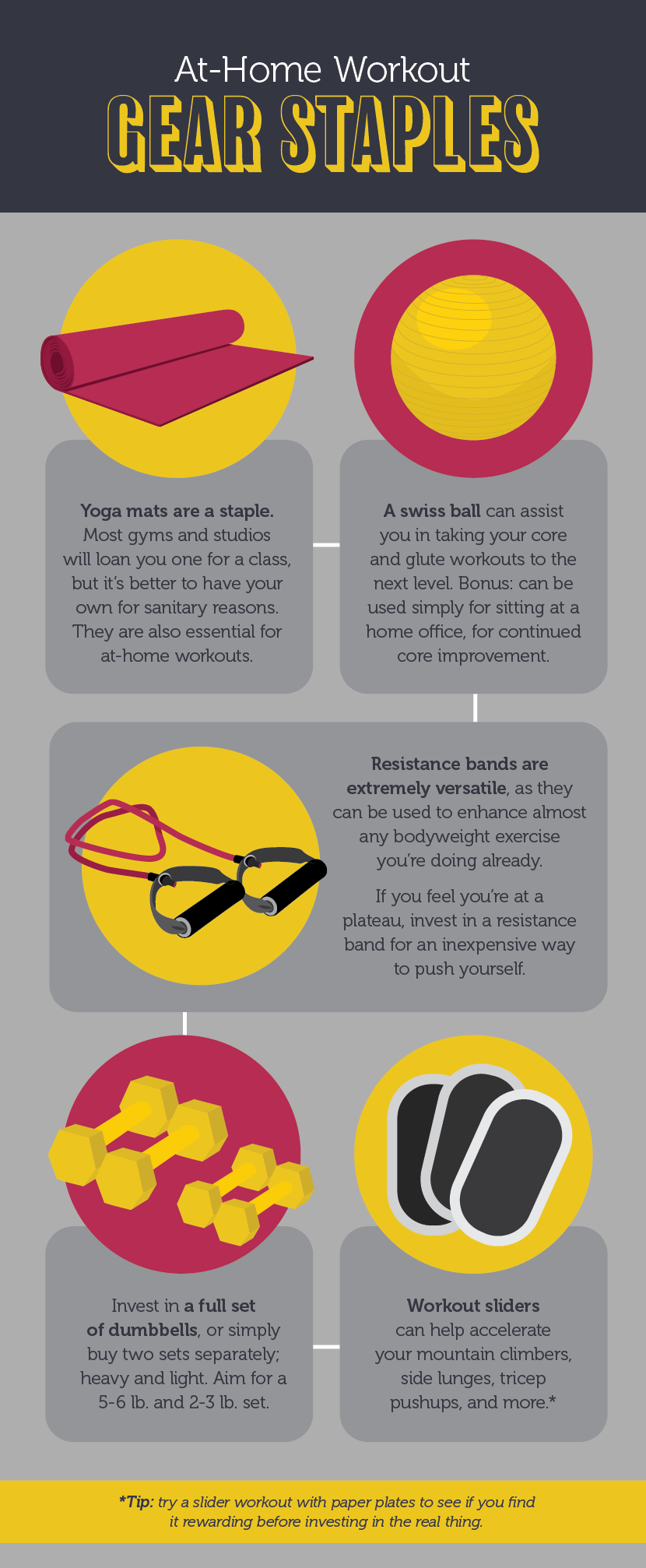Budgeting for Workouts:
How Much Should Fitness Cost?
The average gym membership costs $58 per month, which sounds about right. What isn’t right is that 67 percent of that cost is wasted by underutilization.http://www.statisticbrain.com/gym-membership-statistics/
Gyms would not be able to house their members if they showed up all at once, or even on a regular basis,
which means members who rarely or never attend their gym are effectively offsetting the cost for those who do go frequently.http://www.cheatsheet.com/money-career/why-a-gym-membership-is-usually-a-bad-investment.html/?a=viewall
Of course, this is not to say that a monthly gym fee is a waste of money for everyone.
At minimum, you have a method for maintaining your level of fitness, which many people attach a high value to.
At best, you can gain a community of friends, or even a second career as a fitness instructor or personal trainer.
The key is to avoid being on the wrong end of the gym membership equation, where your dollars are funding someone else’s fitness journey.
To avoid this, consider which fitness option is the best for you before investing your cash.

When picking a gym to attend, it’s important to balance cost with your likelihood of attendance.
The least expensive option might seem ideal, but if it’s a gym that’s dominated by a fitness community you’re not a part of,
like CrossFit or bodybuilders, it may deter you from going.
Similarly, if you find yourself sitting in traffic after work to get across town to the gym, it becomes less feasible to go.
In these cases, choosing a more expensive gym that you’re more likely to visit will get you more bang for your buck.
Tips for Getting a Good Deal on a Gym Membership:
- Large chain gyms are more likely to charge a sign-up fee of some sort, but many occasionally offer promotions to waive this fee. Regardless of whether that’s offered, ask if the fee can be waived.
- Both chains and local gyms sometimes have deals with companies in the area, where employees are offered a discounted membership. Ask around to find out if your employer offers this, or if you can take the initiative to set it up.
- Find out what the cancellation policy is in case your circumstances change and you can no longer afford a membership or don’t want to continue going.
- Remember: you have the most power to negotiate a good deal for yourself when you are checking out a new gym but haven’t purchased a membership.
Niche Workout Studios
There has never been more variety in terms of niche fitness studios that offer one type of workout.
The good news is that they often offer a heavily discounted or free trial period (usually two weeks to a month),
the workouts are often inspiring and motivating, and they can be nearer to your home than big-box gyms.
The downsides are that memberships can be expensive, and the style of workout can be limiting.
Here are some things to consider before taking the plunge and buying an annual membership:
- Keep track of how many classes you attended during the trial period.
- Do a cost comparison of each membership based on the number of classes you actually attended rather than the amount you’d ideally like to.
- Full-access membership may be the best value if you attend four to five classes per week, but if the number you attend starts to slip, it would be a better value to pick an option that costs more per class, and pay per class.
Fitness on a Budget:
If attending the gym isn’t giving you a return on your investment, whether it’s because of the gym’s offerings or because you aren’t utilizing it enough,
it may be time to end your membership. Many people will continue to pay for months after they stop going out of a sort of misdirected guilt,
because they feel that they should start back up again. Instead of feeling guilty, switch up your approach to a workout style that you’re more likely to complete.

Benefits of At-Home Workouts:
There has never been a bigger variety of fitness videos available on Youtube, which allows you to browse to find one to fit your style, and bookmark favorites.
You can abandon videos early on and shop around for a different one if you’re not getting the workout you hoped for, which is appealing for anyone who has found themselves stuck in a low-intensity yoga class, wanting to leave.
A one-time investment rather than a monthly subscription, working out at home ranges from free to under $50 to get started
(if you purchase basic equipment like a mat and hand weights). The only downside to taking your workout out of the gym is that it’s in your hands,
and requires a lot of willpower to keep going and stay on track.

The answer to the question of how much you should spend on fitness is a personal one.
It depends on your goals: is it long-term maintenance of your current fitness level, or changing your fitness level significantly and then maintenance?
Are you looking for a utilitarian workout experience, or a community of friends and perhaps extra activities beyond your daily workout, like running events or bodybuilding competitions?
The answers to these questions will help determine what you should spend per workout and the value you assign to your fitness regimen.
Embed the article on your site

